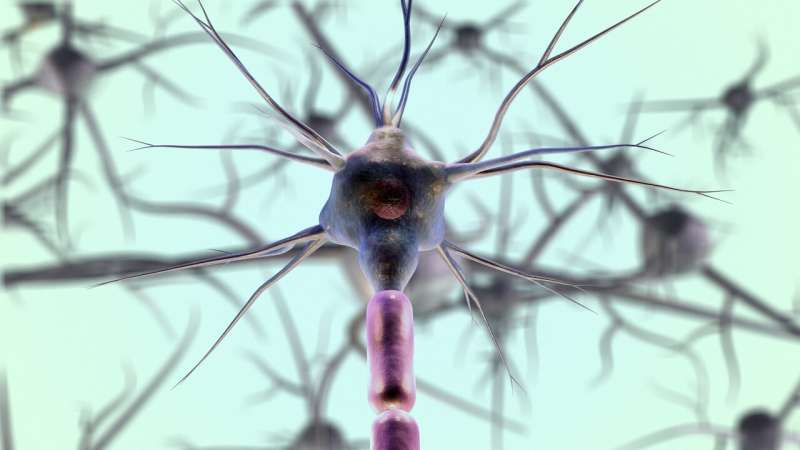Cancer Cells Use Alternative Mechanism to Acquire Protective Lipids and Avoid Cell Death

Researchers have discovered that cancer cells use a unique GAG-based pathway to acquire antioxidant lipids like vitamin E, helping them survive stress and resist cell death. Blocking this pathway could lead to new targeted therapies for cancer.
Recent research conducted at the Children’s Medical Center Research Institute at UT Southwestern has uncovered a novel way that cancer cells obtain protective lipids, enabling them to survive under stress conditions. Tumors have been found to utilize a nontraditional pathway, different from normal tissues, to acquire lipoproteins — the molecules responsible for transporting fats like cholesterol and vitamin E in the blood. This process involves structures on the surface of cancer cells called sulfated glycosaminoglycans (GAGs), which play a crucial role in facilitating the uptake of these lipoproteins.
Lipids are vital for cancer cell survival and growth, as they contribute to membrane construction and overall cellular functionality. The team discovered that by hijacking this GAG-mediated pathway, tumors can accumulate a potent antioxidant called α-tocopherol, a form of vitamin E essential for neutralizing harmful oxidative molecules. This antioxidant shield helps cancer cells resist ferroptosis—a form of cell death caused by lipid peroxidation.
Experimental blocking of GAG production led to a decrease in lipoprotein and vitamin E uptake by tumors, consequently slowing their growth and increasing their vulnerability to ferroptosis. Dr. Javier Garcia-Bermudez explained that targeting GAGs could effectively strip tumors of their antioxidant defenses, making them more susceptible to treatments that induce oxidative stress.
The research team extended their findings to human cancer, collaborating with scientists studying clear cell renal cell carcinoma (ccRCC), the most common kidney cancer. Analysis of 20 patient tumors showed elevated levels of GAGs and vitamin E compared to normal kidney tissue. Disrupting GAG synthesis in these tumors resulted in reduced aggressiveness, suggesting that interfering with lipid uptake mechanisms might be an effective therapeutic strategy.
This study highlights the importance of antioxidants like vitamin E in tumor survival and opens new avenues for cancer treatment by targeting lipid acquisition pathways. Future work aims to develop drugs that precisely inhibit GAGs and explore whether other lipids carried by lipoproteins also contribute to tumor growth and resistance.
Source: https://medicalxpress.com/news/2025-06-cancer-cells-exploit-alternative-pathway.html
Stay Updated with Mia's Feed
Get the latest health & wellness insights delivered straight to your inbox.
Related Articles
New Study Highlights Transgender Americans' Fears Over Potential Loss of Gender-Affirming Healthcare
A groundbreaking study reveals that many transgender and gender-diverse Americans fear losing access to vital gender-affirming healthcare, risking self-harm and health complications amid policy threats.
Study Finds Weighted Vests May Support Weight Loss in Older Adults Without Preventing Bone Loss
Research reveals that weighted vests and resistance training do not prevent bone loss in older adults during weight loss, highlighting the need for combined strategies to protect skeletal health.
Lack of Reliable Information Plagues COVID Long-Haulers, Study Finds
A recent study reveals that COVID long-haulers face significant misinformation and lack of guidance, impacting their mental health and access to care. Researchers call for improved crisis communication to support affected communities.



